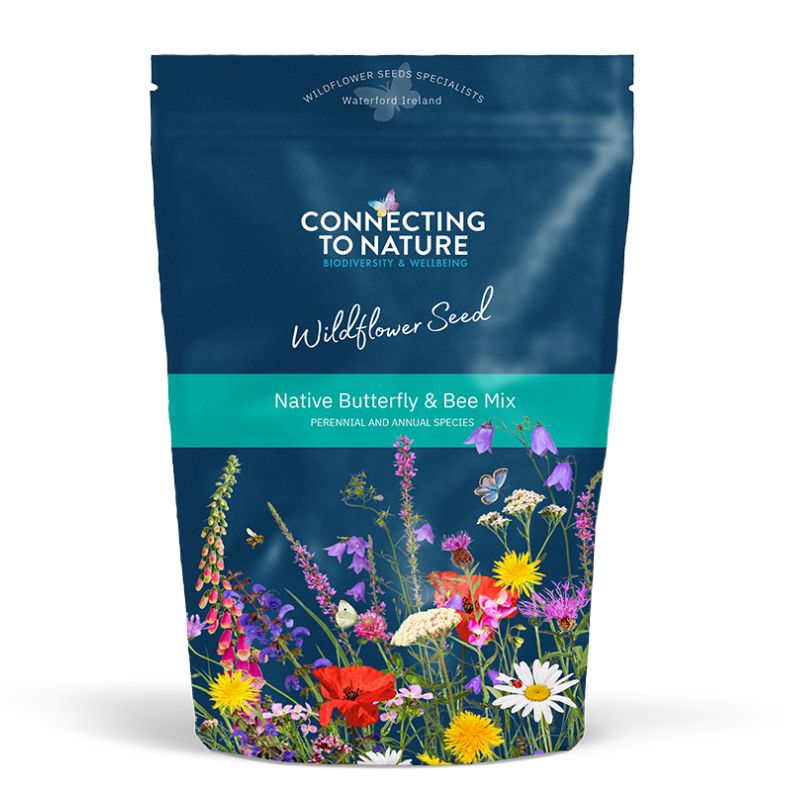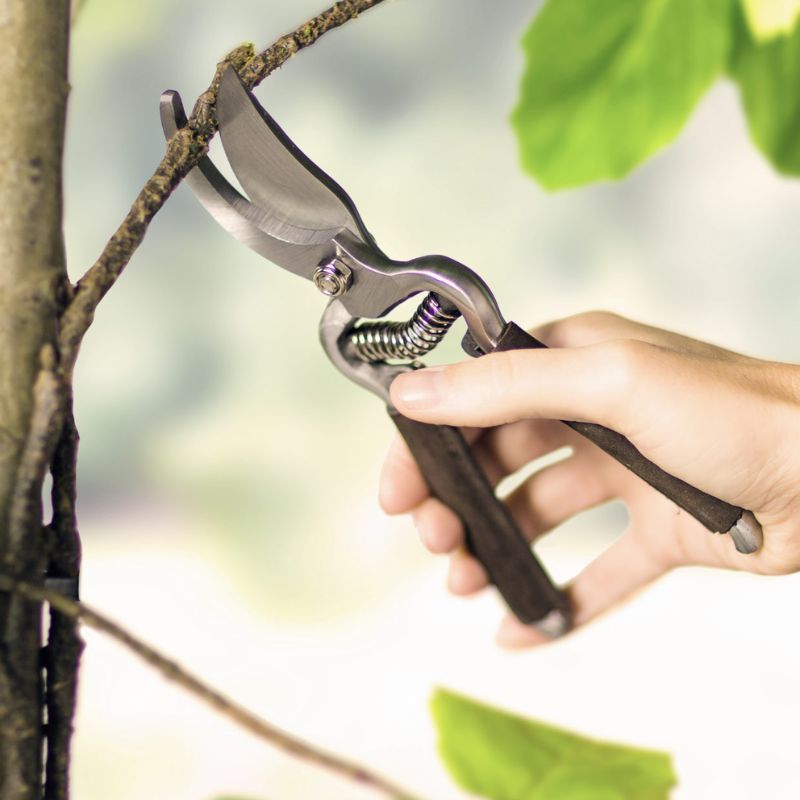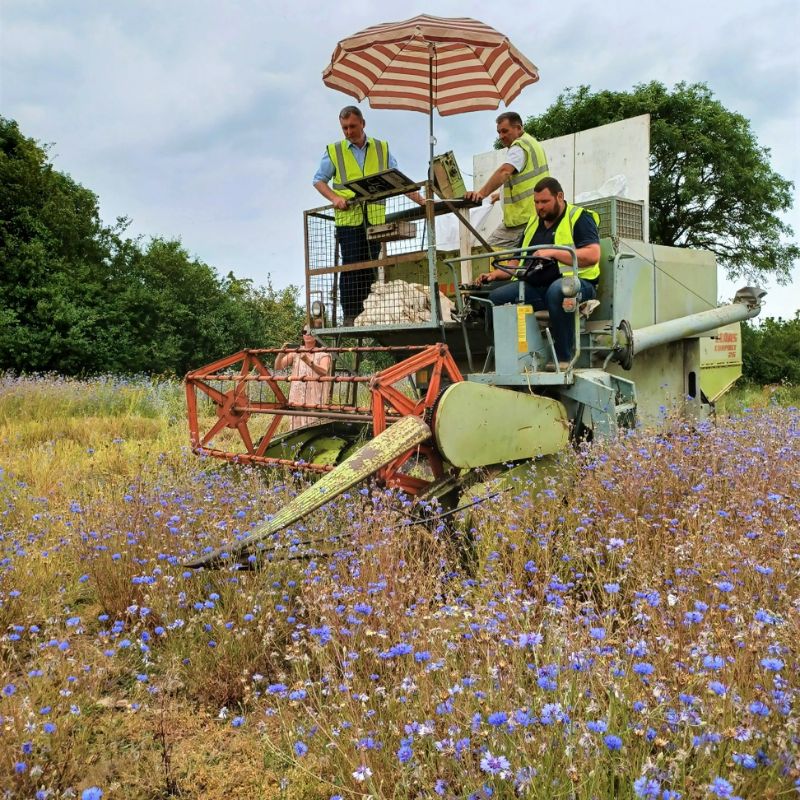What determines the foods a wild bird eats?

What do wild birds eat?
Different bird species eat different foods, and understanding what to feed wild birds will encourage feathered friends into your garden.
There are three main food groups that wild birds will eat. These are insects, seeds and berries or fruit.
What determines the foods a wild bird eats?
The shape of their beak determines the type of food wild birds eat.
Wild birds such as the Finch and the Siskin are seed eaters. They have short, cone-shaped, strong beaks that allow them to crack open and crush the shells of tough seeds and nuts. As a result, they make quick work of the hard outer shell of sunflower seeds.
Blackbirds and Thrushes have long, thin beaks. They feed predominantly on insects, earthworms and snails. Their long beak allows them to easily catch insects from the undersides of leaves, pluck earthworms from the soil, and snatch berries from the hedgerows.
Robins and many songbirds are soft beak eaters and ground-feeding wild birds; for this reason, they tend to prefer ingredients like meal worms, raisins and oat flakes.
Wild bird Feeding requirements change with the seasons
Wild Bird’s nutritional needs vary depending on the time of year, and therefore the foods they search for change.
What do wild birds eat in winter?
As the days get colder and shorter, natural food sources diminish, and wild birds have less time to forage. As a result, they become increasingly dependent on the food we provide as an essential supplement to what they can find during the challenging times of the year.
Wild birds need to build up their energy reserves during the winter to make it through the harsh, short days. They will search for high fat and high energy foods. Ingredients such as suet coated oat flakes, sunflower hearts and other suet based foods like fat balls are an essential part of their diet during this time of year.
What do wild birds eat in spring?
A high protein diet is essential in spring as wild birds lay their eggs and rear their fledglings. A protein diet is vital to produce stronger eggs and healthier young.
Although winter is generally the most challenging time of year for wild birds, natural food shortages can happen at any time of the year. This spring was particularly dry and cold which resulted in trees producing their flowers and leaves later and therefore insects were later to emerge and very few earthworms near the top profile of the soil where the birds could access them. A shortage of food in spring can be detrimental for the breeding season as birds time laying and rearing to coincide with the anticipated abundance of natural foods. Small and chopped ingredients included in a Rearing and Fledging mix were essential for the young to survive the season.
What do wild birds eat in summer?
Many people tend to forget about their feeders over summer, believing there are plenty of natural food supplies. However, during wet or very dry summers, food can become scarce. In addition, following the fledging season, a larger population of birds compete for the available insects and flowering or fruiting plants.
During the later part of the summer wild birds molt and require a great amount of energy to do so. They shed old damaged feathers and then produce new feathers for their warmer winter coat, a well balanced diet of seeds and fruit will provide them with sufficient energy.
Should I feed wild birds all year round?
Providing a consistent, high qulaity food source for our feathered friends throughout the year will allow the local bird population to recognise your garden as a feeding point and know where to find a reliable food source when they’re in need. As a result, you will be helping to enhance their survival prospects.
Do good and feel good.
Ground yourself in nature.













